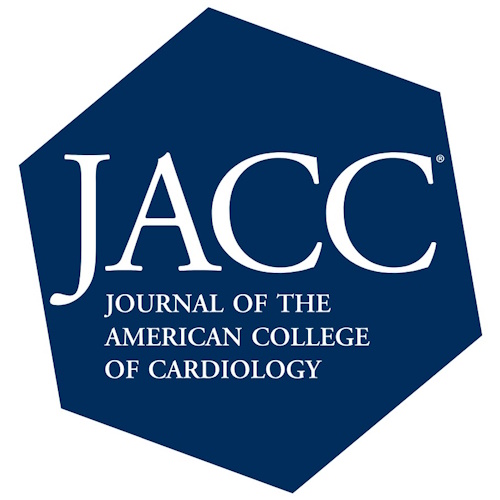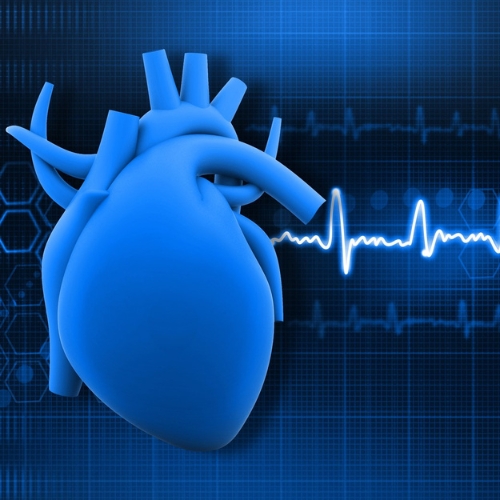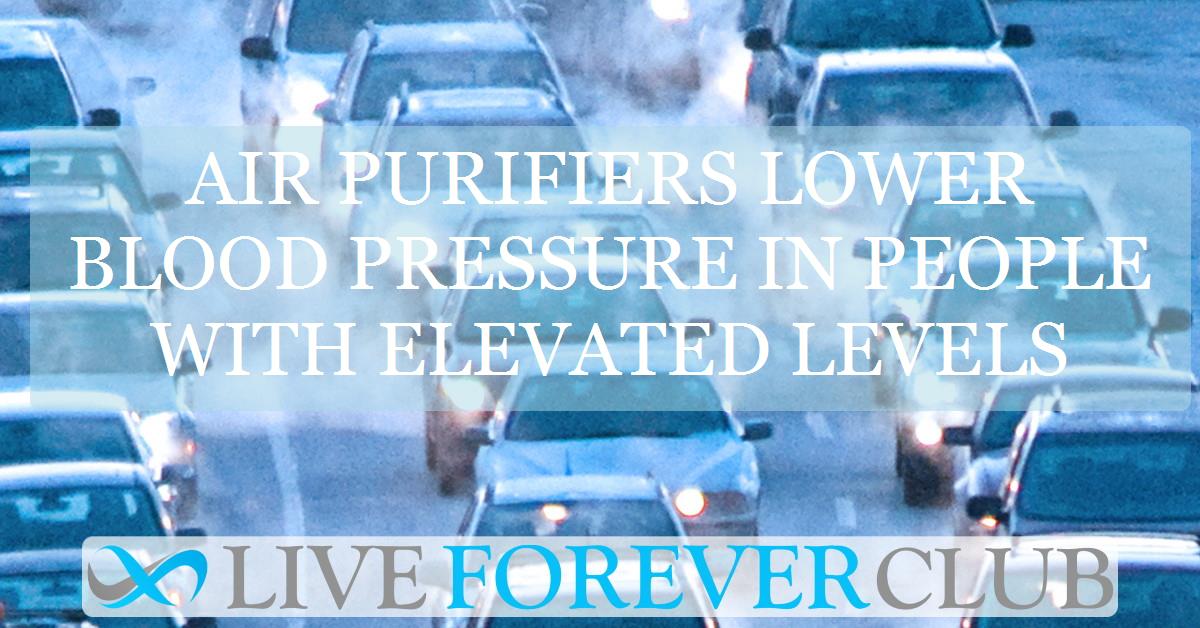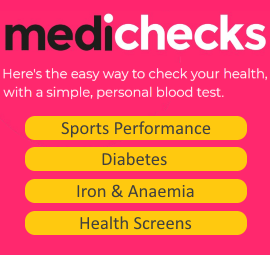Air surrounds us, invisible yet essential. We rarely think about its quality—until it worsens. Modern life, especially near highways and cities, exposes millions to invisible clouds of particulate pollution. Scientists have long warned of its links to asthma, heart disease, and premature death. But could a simple household device—an air purifier—lower blood pressure and protect our hearts?
A major new trial led by Doug Brugge and colleagues has addressed that very question. Their study, published in the Journal of the American College of Cardiology in 2025, tested whether in-home HEPA air purifiers could improve cardiovascular health for people living near busy highways.
The findings: for adults with elevated blood pressure, HEPA purifiers provided a clinically meaningful reduction in systolic blood pressure. That small drop could translate into fewer strokes, heart attacks, and deaths across populations.
This blog explores the science behind air, blood pressure, and what the study means for our health.
The Hidden Danger: Particulate Matter and the Human Heart
Particulate matter, especially PM2.5 (particles smaller than 2.5 microns), slips unnoticed into our lungs and bloodstream. Ultrafine particles, even smaller than 0.1 microns, can cross into circulation, triggering inflammation and vascular stress.
Epidemiological evidence shows strong connections between long-term exposure to PM2.5 and high blood pressure. A modest rise of just 2 mm Hg in systolic blood pressure increases stroke risk by 10% and heart disease mortality by 7%. These aren’t small numbers—they reflect millions of avoidable deaths globally.
Unlike smoking, which is obvious and voluntary, traffic-related air pollution is involuntary and widespread. About one in four Americans lives near a high-traffic road, exposed daily to exhaust fumes, tyre wear, and brake dust.
Why Test Air Purifiers?
Pharmaceuticals for blood pressure have been studied in thousands of clinical trials. But lifestyle and environmental interventions are less tested. Previous small studies hinted that air purifiers might help reduce cardiovascular strain, but they often included fewer than 70 participants, imposed unrealistic restrictions on behaviour, or failed to mimic everyday living.
Brugge’s team wanted something different:
Real homes, real lives: participants lived normally, cooked, opened windows, and went about their routines.
Larger sample: more than 150 participants, making it one of the largest such trials.
Rigorous design: a randomised crossover model, with participants experiencing both HEPA and sham purifiers.
The goal: find out if purifiers matter in everyday environments—not just in labs.
How the Trial Worked
The researchers recruited residents of Massachusetts living within 200 metres of major highways. These communities had long voiced concerns about air pollution. Recruitment stretched from 2020 to 2024, covering colder months when pollution levels are typically higher.
Study Design
Step 1: Participants were randomly assigned to begin with either real HEPA purifiers or sham devices (identical-looking units with no filter).
Step 2: They used the devices for one month.
Step 3: A one-month washout followed, with no purifier.
Step 4: They switched to the other condition for another month.
Blood pressure was measured at four timepoints: start and end of each filtration period. In a subset of homes, air quality was also monitored.
The purifiers themselves were customised Austin Air HealthMate units, stripped of carbon filters to focus purely on particles, not gases. Noise and airflow were matched between sham and real devices to maintain blinding.
Who Took Part?
The final analysis included 154 participants across 108 residences. They were mostly middle-aged (average age 41), 60% women, and predominantly non-Hispanic White, though efforts were made to recruit more diverse populations.
Importantly, participants with serious cardiovascular conditions, smokers, or those on blood pressure medication were excluded. This kept results focused on otherwise healthy adults exposed to traffic pollution.
Measuring Air and Blood
The trial took air quality seriously. In selected homes, researchers measured:
PM2.5 levels every minute
Ultrafine particle counts every second
As expected, HEPA purifiers slashed both indoor PM2.5 and ultrafine particles compared with sham units. Reductions were strongest during cooking hours, when indoor pollution typically spikes.
Blood pressure measurements were carefully standardised: mornings only, with participants seated calmly, three consecutive readings, and the average of the last two recorded.
The Results: A Clear Signal
At first glance, the overall effect looked small: only a 0.5 mm Hg difference between HEPA and sham. But the picture changed when researchers considered baseline blood pressure.
Participants with normal systolic BP (<120 mm Hg): no meaningful change.
Participants with elevated systolic BP (≥120 mm Hg):
HEPA filtration reduced SBP by 2.8 mm Hg.
Sham filtration saw a slight increase of 0.2 mm Hg.
Net benefit: 3.0 mm Hg reduction with HEPA.
This is clinically important. A 2–3 mm Hg drop in systolic pressure translates to a 5–9% lower risk of cardiovascular events in large population studies.
No significant effects were observed on diastolic pressure.
Why Systolic Blood Pressure Matters
Systolic blood pressure, the upper number in a BP reading, reflects arterial pressure when the heart contracts. Elevated SBP is a stronger predictor of stroke and heart attack than diastolic readings, especially in middle-aged and older adults.
The finding that air purifiers lowered systolic pressure in at-risk groups is crucial. It suggests purifiers could serve as a low-cost, non-pharmaceutical intervention alongside lifestyle changes.
Putting the Results in Context
Meta-analyses show similar findings. A review of 17 purifier trials reported an average reduction of around 2.3 mm Hg in systolic blood pressure, matching this study’s results.
Other recent small trials:
China (2023): 38 healthy young adults saw a 3 mm Hg SBP reduction.
New York (2023): hypertensive adults in public housing experienced a nonsignificant 3 mm Hg drop.
Hong Kong (2024): elderly residents saw a 4 mm Hg drop in diastolic pressure after a year of purifier use.
Together, the evidence is growing: air purifiers consistently nudge blood pressure down, especially in vulnerable groups.
Mechanisms: How Could Cleaner Air Lower BP?
Pollution affects the body in multiple ways:
Autonomic Nervous System Stress: Particles trigger sympathetic activation, increasing vascular tone.
Inflammation: Ultrafine particles can enter the bloodstream, promoting vascular inflammation.
Oxidative Stress: Pollutants generate free radicals, damaging endothelial function.
By removing particles, HEPA purifiers reduce these physiological stressors, allowing blood pressure to settle. Animal studies show that chronic PM2.5 exposure increases BP via hypothalamic inflammation and sympathetic overdrive.
Strengths of the Trial
This study stands out for several reasons:
Size: Larger than most previous air purifier trials.
Design: Randomised crossover ensured participants acted as their own controls.
Blinding: Participants couldn’t tell real from sham purifiers (blinding index >0.8).
Real-world setting: People lived normally, unlike lab-based restrictions.
Limitations to Note
Science thrives on nuance. The study also had limitations:
Effects were limited to those with elevated SBP.
Participants were mostly of higher socioeconomic status, limiting generalisability.
Results may not apply during hot summers, as the trial ran from September to June.
Indoor temperature, a potential confounder, wasn’t measured consistently.
The purifiers were large, noisy, and sometimes inconvenient—affecting long-term adoption.
Implications for Public Health
So, should we all rush to buy air purifiers? The answer depends.
For healthy adults with normal blood pressure, benefits appear minimal. But for people with elevated BP, especially those living near busy roads, purifiers could offer a safe and effective way to reduce cardiovascular risk.
On a population scale, widespread use in vulnerable groups could prevent thousands of heart attacks and strokes each year. Unlike drugs, purifiers have no physiological side effects—though they carry financial and practical costs.
The Bigger Picture: Clean Air as Medicine
Air pollution kills millions annually, ranking among the top global health risks. While governments set regulatory limits, many communities—even in wealthier countries—remain exposed.
Air purifiers should not replace systemic solutions like stricter emission controls, greener transport, and better urban planning. But they can act as personal protective measures, especially for those in high-risk environments.
The message from this study is clear: clean air, even indoors, matters for heart health.
Future Research Directions
Brugge and colleagues call for further trials to:
Test diverse populations, including those on blood pressure medication.
Explore effects in hotter climates and summer months.
Use 24-hour monitoring or ambulatory BP measurements for more precise data.
Investigate long-term cardiovascular outcomes beyond blood pressure.
Such studies could strengthen the case for integrating air purifiers into cardiovascular prevention guidelines.
Conclusion: A Breath of Relief
This trial adds to a growing body of evidence that cleaner indoor air benefits cardiovascular health. For individuals with elevated blood pressure, HEPA purifiers provided a modest but meaningful reduction in systolic readings.
When multiplied across populations, that modest reduction could save lives. It underscores a truth we too often forget: what we breathe shapes our hearts, vessels, and futures.
In the era of precision medicine, sometimes the prescription is simple: breathe cleaner air.
The study is published in the Journal of the American College of Cardiology. It was led by researchers from University of Connecticut Health Center.







